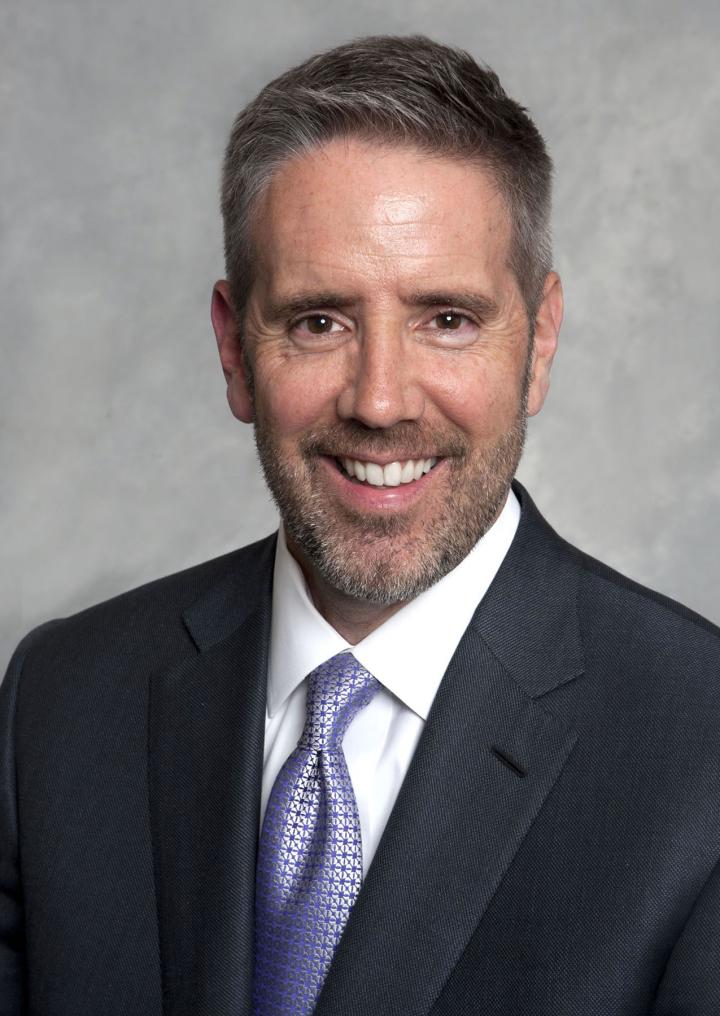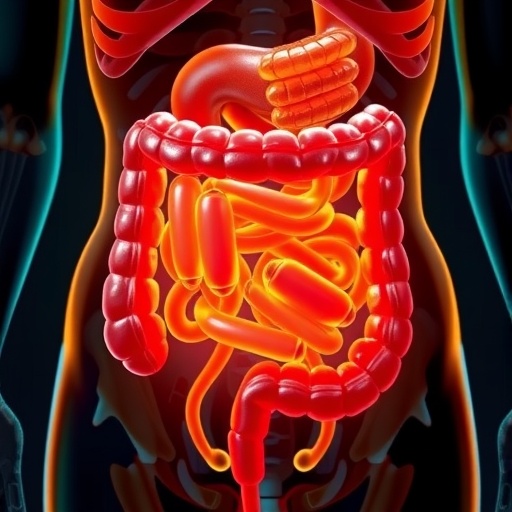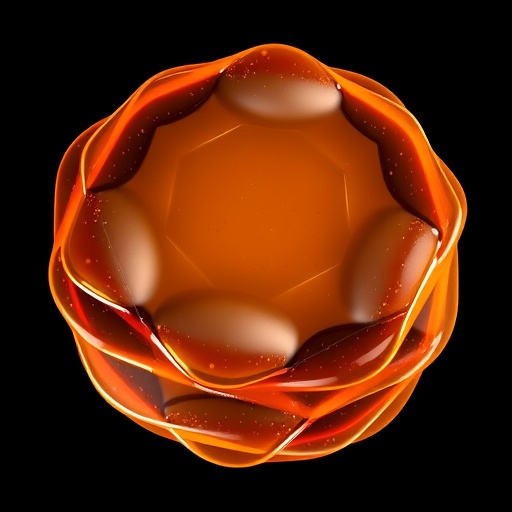
Credit: OU Medicine
OKLAHOMA CITY – For couples who are unable to conceive a child on their own, in vitro fertilization has fulfilled many dreams of welcoming a baby into the family. Physicians at OU Medicine regularly perform IVF for patients and, as part of an academic medical center, they also conduct research to refine the procedure in order to achieve the best health outcomes for both mother and baby.
Reproductive medicine physician Karl Hansen, M.D., Ph.D., who serves as Chair of the Department of Obstetrics and Gynecology in the OU College of Medicine, recently received a $1.4 million grant from the National Institutes of Health to study one method of embryo transfer involved in IVF: cryopreserved (frozen) embryo transfer. In particular, he is researching whether there are health risks associated with frozen embryo transfers in which a woman’s uterus is prepared for implantation with estrogen and progesterone compared to transferring an embryo in a woman’s natural cycle. The results of the study have the potential to dramatically shift the way IVF is performed.
“Our mission as an academic medical center is not just offering the standard of care to our patients, but pushing forward the standard of care,” Hansen said. “Our research and teaching missions are an important element of continuously improving our patient care and carrying it into the future.”
IVF has become common around the world. In parallel, the technology associated with the procedure has become more sophisticated and effective. In general, IVF involves retrieving eggs from a woman and using her partner’s sperm to fertilize the eggs. In a laboratory, the embryos are grown to what is called the blastocyst stage, then physicians transfer an appropriate number of embryos (today, usually one) back into the woman’s uterus in order to establish a pregnancy.
In years past, IVF was most commonly done with a “fresh” transfer – an embryo was placed in a woman’s uterus immediately after being fertilized. However, frozen embryo transfers – in which embryos are rapidly frozen and safely preserved for transfer at a later time — have become more common for a variety of reasons, Hansen said. Frozen embryo transfers result in pregnancy at a similar rate to fresh transfers, and if a couple has extra embryos, freezing them ensures they have a backup in case a woman doesn’t become pregnant on the first try, or if they want to have more children later. Hansen said frozen transfers also are a preferred option for couples who choose to have pre-implantation genetic testing of their embryos. If testing shows a chromosomal abnormality that has no chance of resulting in a pregnancy, then it doesn’t have to be transferred.
Hansen’s research focuses on the two different types of frozen embryo transfers, and whether one of them carries a higher risk of complications for mother and baby. One method of a frozen embryo transfer involves letting a woman who has a natural menstrual cycle (but has infertility issues) ovulate on her own. Doctors follow her ovulation and, at the appropriate time, thaw the embryo and transfer it into her uterus.
The other approach is for the doctor to create an artificial cycle by giving a woman estrogen for about two weeks. When an ultrasound shows that her endometrium is thick enough, progesterone is added to the estrogen regimen. Six days later, the embryo is thawed and transferred into her uterus. This approach may be used in women that don’t ovulate naturally, or in women who do ovulate, for ease of scheduling.
Retrospective studies of both types of frozen transfers seem to indicate that the approach of artificially creating a woman’s cycle may come with a higher risk for pregnancy-induced hypertensive disorders, including pre-eclampsia, Hansen said. Pre-eclampsia is not only risky for the mother’s health, but it can cause changes in the placenta’s ability to nourish the baby and the infant may be born prematurely, he said.
“Because we as a society are doing more and more frozen embryo transfers, identifying which of these protocols is associated with a lower risk of pregnancy complications is a public health issue,” Hansen said.
For this study, OU is part of a consortia with Stanford University and Johns Hopkins, with Johns Hopkins serving as the lead site. Each primary site (OU, Stanford and Johns Hopkins) will have affiliated, sites. Together, they will enroll over 750 women who have already elected to have a frozen embryo transfer because of infertility. The multiple enrollment sites are necessary in order to have a sufficiently large number of women to study and to ensure diversity, so that the results are broadly applicable, Hansen said.
Doctors and their research teams will follow and compare women who are having a frozen embryo transfer using a natural cycle vs. an artificially stimulated cycle. Throughout pregnancy and into each newborn’s life, the team will look for pregnancy-induced hypertension and its effects.
Hansen said they have a potential lead to follow. When a woman ovulates on her own and an egg is released from the ovary, the follicle becomes what is called a corpus luteum and begins secreting estrogen and progesterone. However, in an artificially created cycle, the corpus luteum is absent, which is why doctors give estrogen and progesterone. Hansen said their hypothesis is that the corpus luteum produces other compounds, yet to be identified, that may reduce the risk of hypertensive problems.
“Our first aim in the trial is to study the differences between the two protocols,” Hansen said. “But we will also be collecting samples during treatment and pregnancy to see if we can identify what else the corpus luteum is producing.
“But the hallmark of this trial is that it may impact care,” he said. “If we find that the risk of pre-eclampsia is higher in artificial cycles, then there will be a dramatic shift to performing natural embryo transfer cycles. Artificial cycles won’t be completely eliminated – there are women who will never be able to ovulate and still want to become pregnant through frozen embryo transfer – but if the risk for complications is higher, our clinical care will suddenly change.”
###
Research reported in this press release is supported by the Eunice Kennedy Shriver National Institute of Child Health & Human Development, a component of the National Institutes of Health, under the award number 1R01HD100305-01. This study is not conducting research on embryos; it is comparing two commonly performed standards of care. By federal law, the NIH cannot fund research on embryos.
OU MEDICINE
OU Medicine — along with its academic partner, the University of Oklahoma Health Sciences Center — is the state’s only comprehensive academic health system of hospitals, clinics and centers of excellence. With 11,000 employees and more than 1,300 physicians and advanced practice providers, OU Medicine is home to Oklahoma’s largest physician network with a complete range of specialty care. OU Medicine serves Oklahoma and the region with the state’s only freestanding children’s hospital, the only National Cancer Institute-Designated Stephenson Cancer Center and Oklahoma’s flagship hospital, which serves as the state’s only Level 1 trauma center. OU Medicine is the No. 1 ranked hospital system in Oklahoma, and its oncology program at Stephenson Cancer Center and OU Medical Center ranked in the Top 50 in the nation, in the 2019-2020 rankings released by U.S. News & World Report. OU Medicine was also ranked by U.S. News & World Report as high performing in four specialties: Ophthalmology in partnership with Dean McGee Eye Institute, Colon Surgery, COPD and Congestive Heart Failure. OU Medicine’s mission is to lead healthcare in patient care, education and research. To learn more, visit oumedicine.com.
Media Contact
April Sandefer
[email protected]




